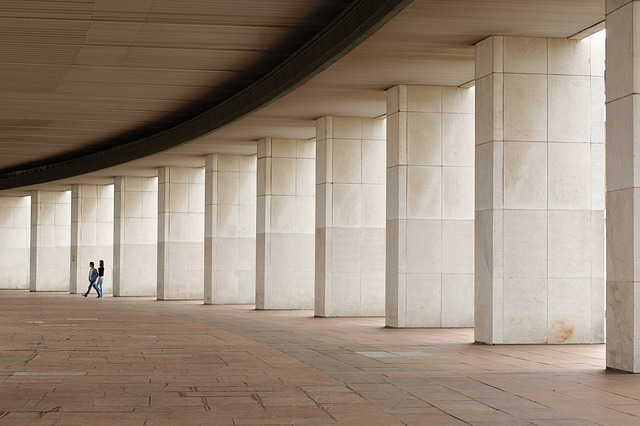Approximately 110 million metric tons of concrete were used in construction during the last year information is available. That figure reflects an ongoing uptick that has been taking shape for quite some time. Analysts expect this trend to continue in the years to come as the demand for construction and renovations grows. By extension, the need for accurate concrete monitoring and testing will increase proportionally.
Concrete has long been touted for its strength, durability, longevity, and affordability. To maximize those benefits, though, crews need to be able to optimize concrete construction. Part of that process entails determining the strength of concrete after construction. It also requires creating the right curing conditions to ensure the finished product is as sturdy as possible.
Which Factors Affect Concrete Strength?
Though concrete is known for its structural integrity and longevity, not all concrete structures ultimately offer the same integral traits. Many aspects of the mixing, pouring, and curing processes can enhance or detract from its overall strength. First, creating the right ratio of concrete components while mixing is essential. This material is generally made of water, cement, sand, and gravel. During the mixing process, air is also incorporated. If the mixture isn’t right to begin with, a structure will be destined to fail.
From there, the concrete must be poured properly and allowed to cure. As it cures, ideal temperatures and moisture levels should be maintained. While the concrete needs to harden, it should retain a certain amount of moisture early on. That means crews need to take measures to slow the rate of evaporation.
The best ways to do this may vary based on the type of structure in question, wind, temperatures, and other factors. Sometimes, moisture-retaining covers are used. In other cases, periodically spraying the curing concrete with water is the better solution. Formwork can also be an effective tool here.
Monitoring the Curing Process
To maintain ideal curing conditions, a few common methods can be used. In the old days, visual observation and manual math were the only options. Those can still be used today, and they’re effective in their own rights. Still, the onset of the digital age has brought about additional solutions.
Physical concrete monitoring requires ongoing attention. It also means someone must remain with the structure while the concrete cures. Though crew members don’t have to be on-site around the clock, they need to stay close to keep an eye on the situation. Even then, determining the internal conditions of the concrete involves a certain amount of guesswork.
More modern monitoring techniques are much simpler, more efficient, and accurate. They’re based on the latest remote technology. With these solutions, digital monitors are placed in the concrete before it hardens. Then, the sensors relay information per programmed instructions. They can alert crews to changes in internal concrete temperatures, moisture levels, and other variables. In doing so, they allow construction crews to maximize the durability and longevity of their concrete structures.
Making the Most of the Benefits of Concrete
People have been using concrete in construction for centuries. Its many benefits have made it one of the most highly sought-after construction materials. By combining knowledge and modern monitoring techniques, construction crews can maximize the benefits of concrete for their clients and ensure its structural integrity remains high.







Recent Comments